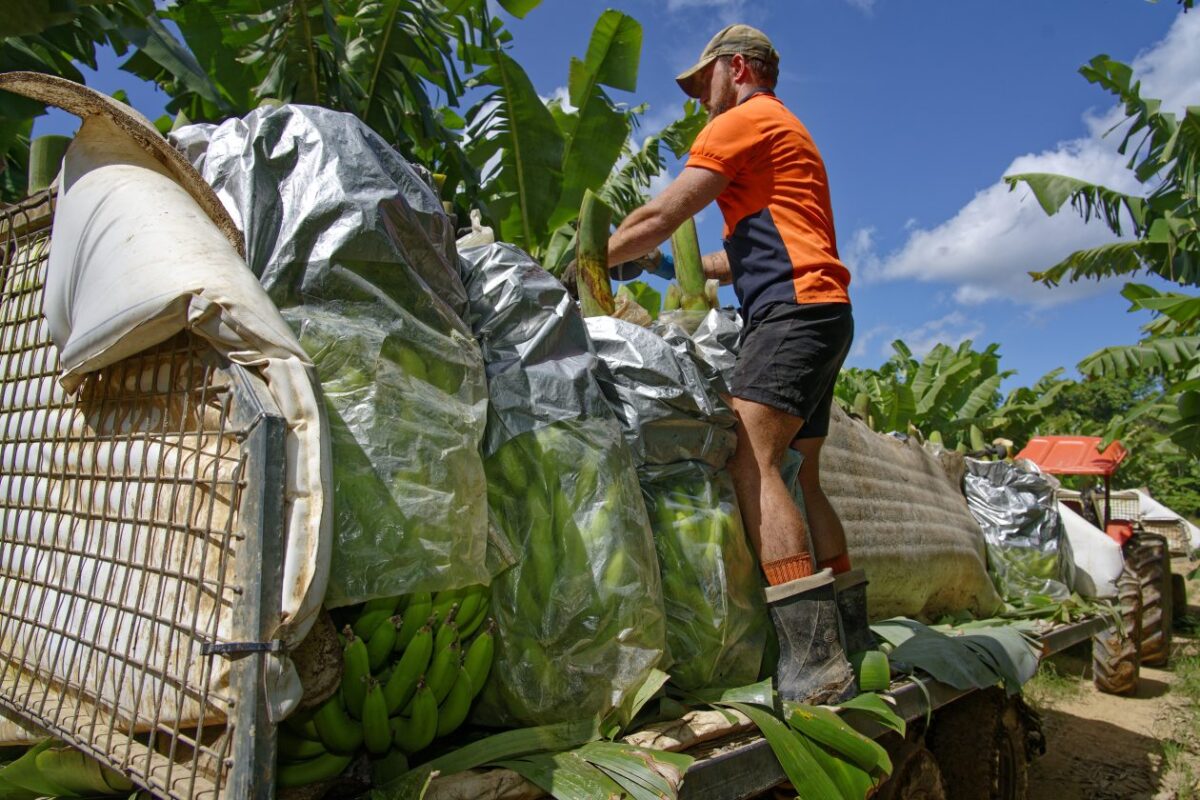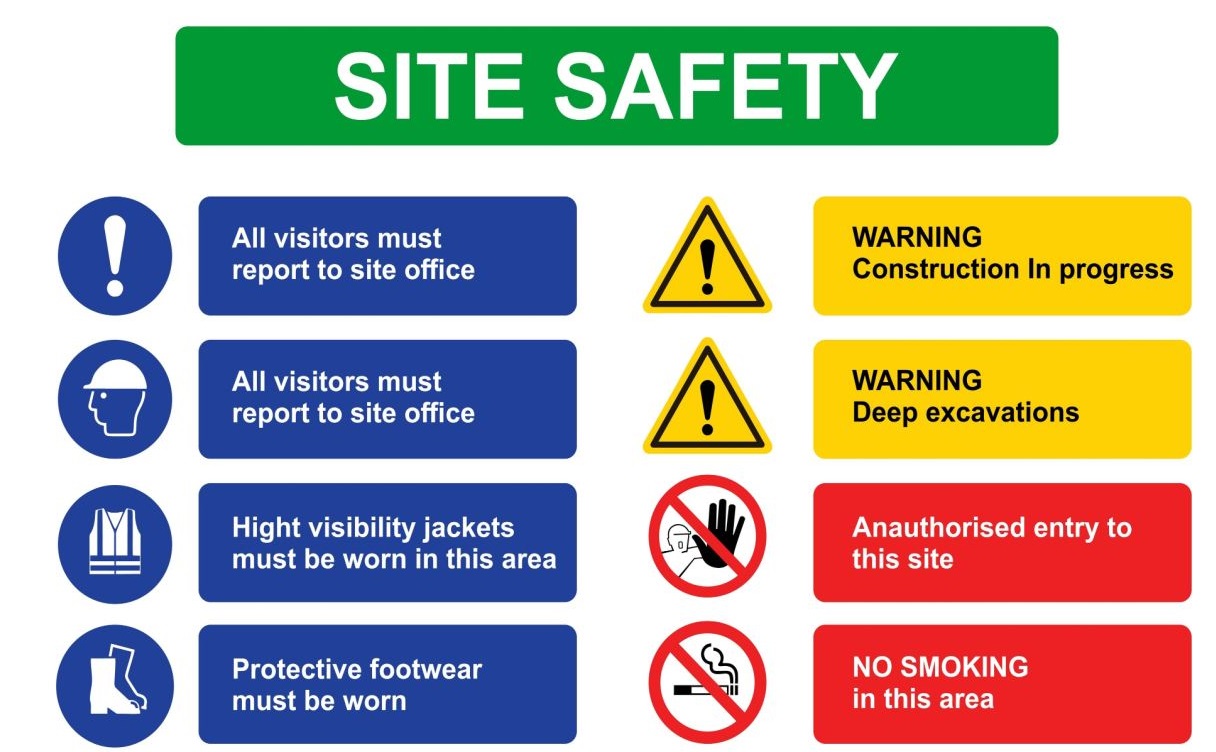This article is the first in a series on Seasonal Workforce Attraction and Retention strategies. The series will identify who seasonal workers are, suggest ways to find and attract them, how to keep them once you’ve got them, and how to get the best productivity from those you employ.
The Harvest Trail Information Service, funded by the Commonwealth Government, has been operated by MADEC since 2003. During that time, seasonal worker supply and demand has constantly fluctuated, bringing with it many different examples of how employers attract and retain workers. The suggestions in this series are taken from growers and employers across Australia who have needed seasonal workers and who have had some success in recruitment and retention by doing things most others are not.
Seasonal Workers – who are they?
Seasonal work is temporary employment that is only available at a specific time of year.
Because of the temporary nature of the work, it is not suited to many people who prefer or need ongoing employment.

Before we look at how to find and attract seasonal workers, we need to work out exactly who these workers are.
Backpackers and Pacific Australia Labour Mobility (PALM) workers have traditionally made up the bulk of seasonal workers – and they are a big part of the labour pool, but there are other alternatives too.
Aussie workers come in several flavours
Grey nomads are a popular choice of seasonal employees. They have the highly regarded attributes of maturity, life skills and reliability. Often arriving fully self-contained, they offer a major advantage with regional accommodation scarce. However, they are not available in large numbers.
Migrants with permanent resident status, or simply with work-rights, are also well-regarded. Considering any job an opportunity to improve their standard of living, their reputation for speed and hard work is often justified.
Enticing migrants away from the cities can be a challenge, and transport and accommodation requirements add to difficulties. They are also often associated with labour hire contractors which can bring its own issues. However, if a farm that engages a contractor does some basic checking and asks the right questions to ensure everything is above-board, the risk can be minimised.

Sometimes, employers forget that unemployed Aussies may have skills and may hold licences or qualifications required for roles such as supervisors, tractor drivers, machine operators and shed hands. So, this cohort is still a potential source of staff, although careful selection, effort and patience may be needed to find the gems.
And finally, students at certain times of the year can make up the numbers. Australian high school students in their senior years in regional communities may be keen to earn pocket money. University students may take an opportunity during semester break to fund their continuing studies, especially internationals. And with the long summer semester break coinciding with the harvest of many commodities, for some the timing is ideal. Some may even be enticed to consider an Australian gap year and to work in horticulture to earn money.
Higher wages are not the only drawcard

Despite the obvious frustrations, the new piecework minimum wage has a silver lining. Negative stories of low earnings should be a thing of the past for employers operating legally. And while high performing workers are certainly attracted by higher financial offerings, others not so much. If the reputation of employers, and the industry in general is enhanced, more workers will be enticed.
Harvest Trail Service can help in this regard by promoting only those harvest employers who meet their legal obligations around health, safety, pay and conditions.
Ethical, social and environmental responsibility
Many backpackers in particular are attracted by ethical, social and environmental responsibility. So, if your property or farming business has a good story to tell, don’t just use it in the marketing of your produce, make it well known when recruiting. Young travellers who engage with you with these issues in mind, will put in an extra effort if they feel these boxes have been genuinely ticked. Students are also likely to seek this type of connection.
Safety in the Workplace

Although a safe workplace is a given these days, stressing to potential employees that safety is taken seriously builds confidence. Going that extra step to do more than just the minimum, and making clear that is the case when advertising for staff, will once again enhance the reputation of that employer.
Respect, patience and support
While we all know farm or shed work can be a hard slog, it can still be enjoyable. Treating employees with respect, patience and support, even if not necessarily deserved, will go a long way to boosting the reputation of the employer. Shouting, swearing or physically manhandling employees will generate the reverse, degrading performance and increasing costly staff turnover. It will also make it more difficult to recruit new staff as negative stories are shared on social media.
Social engagement

Social engagement is something working hostels do well. Friday night social activities and Saturday night parties are legendary. A positive relationship between a farm and a good hostel can be a real bonus – they can do the work and the employer benefits. And while a farm may not have time during their harvest peak to organise social events, something as simple as an end of week sausage-sizzle for seasonal staff can be a low-cost occasion for everybody to wind down in a positive atmosphere. And if the farmer, their family, and any permanent staff can join in too, it can be a great contributor to improved mental health for them, as well as building that important relationship with their workforce.
The next step – how to find them
So, the seasonal workforce can come from several sources, some easier to access than others. But now that we’ve identified who those workers are and what can attract them, the next article in the series will provide some clues how to find them. This will appear in the autumn edition of Trail Talk and the free, Government funded Harvest Trail Service will be a key solution.
